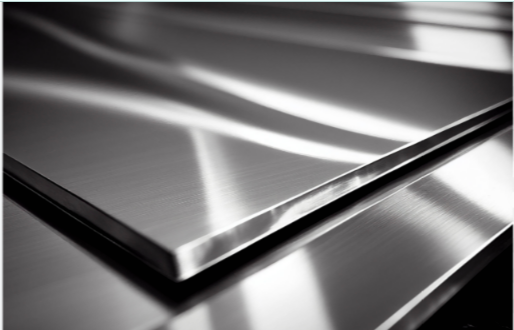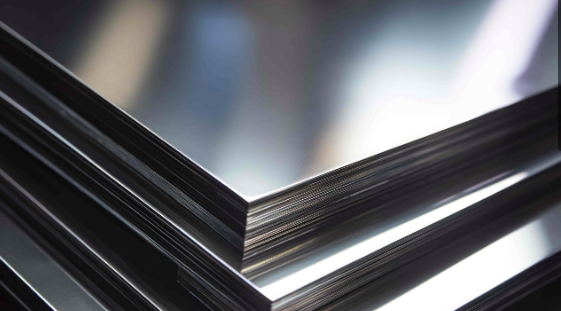 VS.
VS. 
One of the standout qualities of stainless steel is its exceptional strength. It’s widely used in applications requiring high tensile strength, making it ideal for structural components. Industries such as construction, automotive, and aerospacerely on stainless steel for parts that must endure heavy loads and extreme conditions.
While aluminum is not as strong as stainless steel, it is still highly durable and can withstand various stresses. It’s a popular choice in industries where weight reduction is a priority, such as aerospace and automotive.
Verdict: Choose stainless steel for heavy-duty, high-strength needs, and aluminum when lightweight properties are more important than absolute strength.
While stainless steel offers superior strength, it comes with a weight penalty. The dense material can be cumbersome when reduced weight is essential for performance or transport costs. In aerospace and automotive applications, where every gram counts, stainless steel’s weight can be a significant disadvantage.
On the other hand, aluminum is known for being lightweight, which makes it perfect for applications where weight reduction is essential. It is approximately one-third the weight of stainless steel, making it the go-to material for industries like aircraft manufacturing and electronics.
Verdict: Aluminum is the ideal choice for industries focused on weight reduction, while stainless steel is better for strength-intensive applications.
One of the primary reasons stainless steel is favored in certain industries is its excellent resistance to corrosion. The chromium content in stainless steel forms a protective oxide layer that prevents rusting and deterioration. It is especially beneficial in marine environments, chemical processing plants, and food-grade applications, where exposure to moisture and harsh chemicals is a concern.
Aluminum is also highly corrosion-resistant, but it does require some protection when exposed to extreme environments. Its natural oxide coating prevents rust and corrosion in most environments, but it can still be damaged by saltwater or certain acidic substances. For critical applications, anodizing or coating aluminum can enhance its resistance.
Verdict: Stainless steel is generally more corrosion-resistant than aluminum, especially in highly corrosive environments. Aluminum works well in less aggressive conditions but requires extra protection in harsh settings.
Although stainless steel offers outstanding performance and durability, it tends to be more expensive than aluminum. The raw material costs are higher, and the fabrication process is more energy-intensive, often requiring specialized equipment.
In contrast, aluminum is less expensive and easier to fabricate, making it a more cost-effective option for many manufacturers. It is particularly suitable for projects that prioritize cost efficiency and high-volume production. The machining process for aluminum is less demanding, which helps reduce labor costs.
Verdict: If you need cost savings and rapid production, aluminum is a clear winner. For applications requiring long-term durability, stainless steel may provide more value over time.
The machining and welding of stainless steel require highly specialized equipment due to its strength and density. It can be more time-consuming and expensive to process, especially for complex shapes or precise cuts. However, the resulting products are usually robust and long-lasting.
On the other hand, aluminum is much easier to work with. It’s malleable, less dense, and generally requires less energyfor fabrication. Cutting, welding, and shaping aluminum are simpler tasks, which can lead to faster production times and lower costs.
Verdict: If you need to reduce production time and lower fabrication costs, aluminum is easier and more efficient to work with.
Both stainless steel and aluminum are excellent materials, but their properties make them suited for different applications. Here’s a quick guide:
In the end, the best material for your metal fabrication project will depend on your specific needs—whether you prioritize strength, weight, cost, or fabrication speed. By understanding the unique qualities of each, you can select the material that will deliver the best results for your design.

 Vietnam
Vietnam